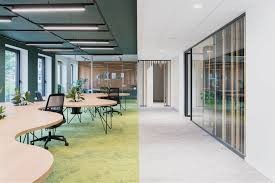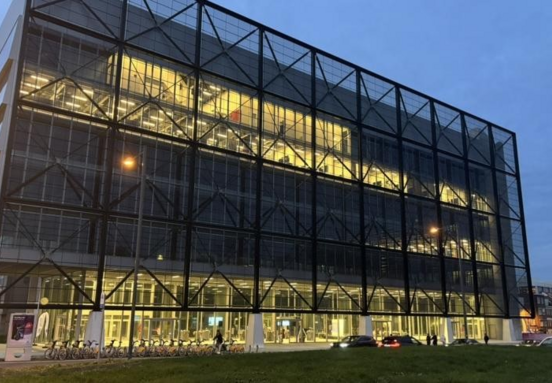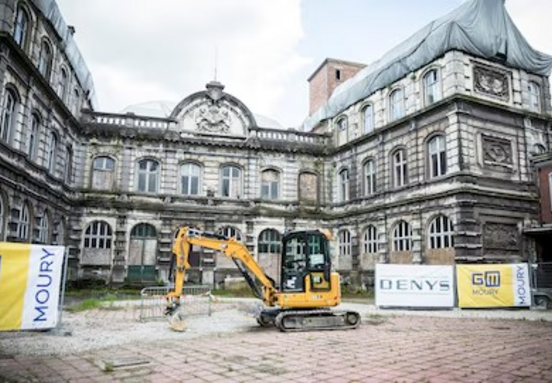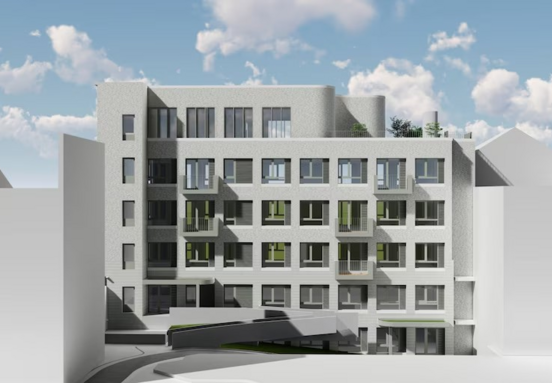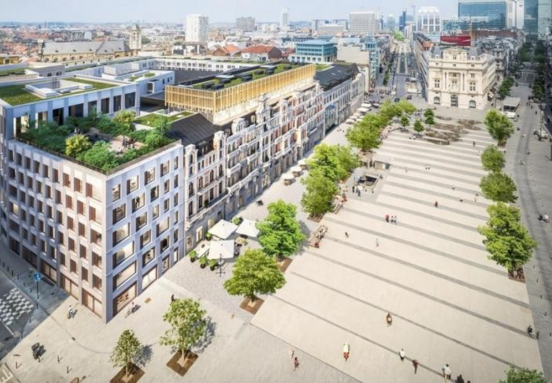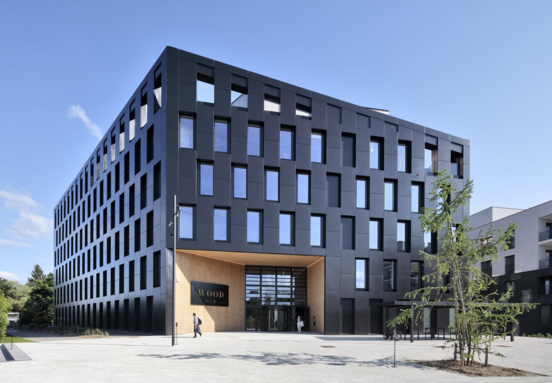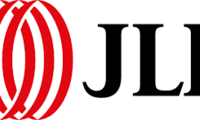Belgian real estate H1 2025: a landscape of contrasts
The first half of 2025 has painted a vibrant, albeit complex, picture of the Belgian commercial real estate market. JLL's review highlights significant shifts, particularly for businesses seeking industrial or office spaces. While investor confidence is gradually returning, occupier demand remains cautious, creating a dynamic environment where market fundamentals are strong but trends vary significantly across segments.
Soaring industrial & logistics sector: what it means for warehouse seekers
The industrial and logistics real estate segment has emerged as the clear leader in H1 2025, attracting nearly half of all commercial real estate investments, totaling an unprecedented €768 million – more than triple the volume of H1 2024. This surge, fueled by major portfolio sales like Weerts to Intervest (€300M) and Logicor to Ares (€140M), positions 2025 to be a record-breaking year for industrial real estate in Belgium. For businesses, this signifies robust market confidence and potentially continued revaluation of assets.
Strong fundamentals amidst shifting demand
Market fundamentals remain exceptionally strong, with the national vacancy rate for industrial properties hovering just below 3%, and an even tighter 2.16% along the crucial Brussels-Antwerp axis – one of Europe’s lowest. This indicates a competitive environment for securing prime warehouse space. However, while investment soars, occupier demand shows nuanced shifts.
The logistics market experienced a 29% year-on-year contraction in take-up, reaching 199,236 sq m. In contrast, the semi-industrial segment performed strongly with 474,097 sq m, accounting for 70% of industrial market transactions. This suggests a trend towards optimizing real estate footprints, with occupiers favoring smaller, more operationally efficient semi-industrial spaces. Prime logistics rents have seen a 10% increase to €75/sq m/year, reflecting the high demand for quality and strategic locations.
Office market dynamics: navigating opportunities in key cities
The office sector recorded its lowest investment volume since 2012 at €216 million, placing it third in investor preferences behind industrial and residential. This subdued investment activity contrasts with stable, high rental dynamics in Belgium’s major cities, a key factor for businesses evaluating their next office lease.
Stable rents and premium demand
Despite investment challenges, prime office rents in Brussels remain at their peak of €400/sq m/year, with Antwerp holding steady at a record €200/sq m/year. This indicates a robust demand for high-quality office spaces. Vacancy rates show a slight increase to 8% in Brussels (from 7.8% end of 2024) but remain stable at 4.4% in Antwerp. While overall take-up is down 8% year-on-year, it's crucial to note that nearly 75% of this demand is for "Grade A" buildings. This underscores a strong preference among occupiers for premium, modern office environments.
Notable transactions include the European Union’s significant leases (>40,000 sq m), Deutsche Bank pre-leasing Meeus 29 (5,705 sq m), and the National Lottery expanding its presence at Brouck’R (4,500 sq m). In Flanders, while Antwerp saw a decline in take-up, Ghent rebounded significantly, fueled by new projects along the E40.
Retail sector: regaining momentum with shifting focus
Retail investment volume grew by 39% year-on-year to €346 million, making it the fourth most preferred asset class. Retail warehousing dominates this segment (83% of volume), indicating a clear preference for this format. Prime rents remain stable in key high street locations like Antwerp (€1,700/sq m/year) and Brussels (€1,650/sq m/year), with shopping centre rents in the capital showing upward pressure at €1,275/sq m/year. This segment offers specific opportunities for businesses eyeing consumer-facing locations.
A promising outlook amidst caution
Pierre-Paul Verelst, Head of Research BeLux at JLL, summarizes the current climate: "The contrast is therefore striking: occupiers favour caution, while investors are returning to buying." Despite macroeconomic uncertainties weighing on occupier demand, strong market fundamentals persist across all segments.
With the European Central Bank's recent rate reductions, the elements are aligning for a more decisive recovery in Belgium’s real estate activity. For businesses, this period of contrast offers strategic opportunities to secure prime locations in a market poised for recovery, balancing current cautious demand with future growth potential.
Source: jll.com
